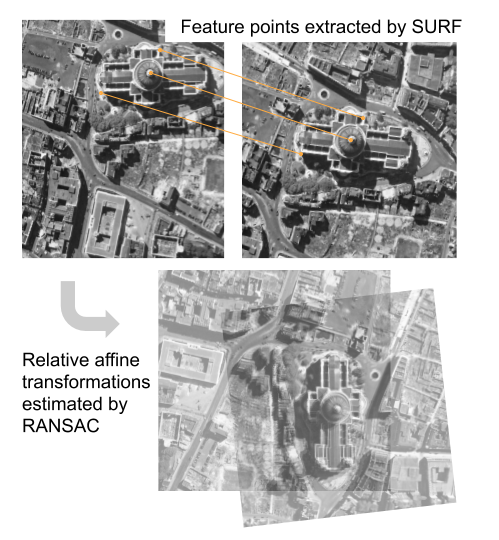Code for On the Anatomy of MCMC-Based Maximum Likelihood Learning of Energy-Based Models
This repository will reproduce the main results from our paper:
On the Anatomy of MCMC-Based Maximum Likelihood Learning of Energy-Based Models
Erik Nijkamp*, Mitch Hill*, Tian Han, Song-Chun Zhu, and Ying Nian Wu (*equal contributions)
https://arxiv.org/abs/1903.12370
AAAI 2020.
The files train_data.py and train_toy.py are PyTorch-based implementations of Algorithm 1 for image datasets and toy 2D distributions respectively. Both files will measure and plot the diagnostic values $d_{s_t}$ and $r_t$ described in Section 3 during training. The file eval.py will sample from a saved checkpoint using either unadjusted Langevin dynamics or Metropolis-Hastings adjusted Langevin dynamics. We provide an appendix ebm-anatomy-appendix.pdf that contains further practical considerations and empirical observations.
Config Files
The folder config_locker has several JSON files that reproduce different convergent and non-convergent learning outcomes for image datasets and toy distributions. Config files for evaluation of pre-trained networks are also included. The files data_config.json, toy_config.json, and eval_config.json fully explain the parameters for train_data.py, train_toy.py, and eval.py respectively.
Executable Files
To run an experiment with train_data.py, train_toy.py, or eval.py, just specify a name for the experiment folder and the location of the JSON config file:
# directory for experiment results
EXP_DIR = './name_of/new_folder/'
# json file with experiment config
CONFIG_FILE = './path_to/config.json'
before execution.
Other Files
Network structures are located in nets.py. A download function for Oxford Flowers 102 data, plotting functions, and a toy dataset class can be found in utils.py.
Diagnostics
Energy Difference and Langevin Gradient Magnitude: Both image and toy experiments will plot $d_{s_t}$ and $r_t$ (see Section 3) over training along with correlation plots as in Figure 4 (with ACF rather than PACF).
Landscape Plots: Toy experiments will plot the density and log-density (negative energy) for ground-truth, learned energy, and short-run models. Kernel density estimation is used to obtain the short-run density.
Short-Run MCMC Samples: Image data experiments will periodically visualize the short-run MCMC samples. A batch of persistent MCMC samples will also be saved for implementations that use persistent initialization for short-run sampling.
Long-Run MCMC Samples: Image data experiments have the option to obtain long-run MCMC samples during training. When log_longrun is set to true in a data config file, the training implementation will generate long-run MCMC samples at a frequency determined by log_longrun_freq. The appearance of long-run MCMC samples indicates whether the energy function assigns probability mass in realistic regions of the image space.
Pre-trained Networks
A convergent pre-trained network and non-convergent pre-trained network for the Oxford Flowers 102 dataset are available in the Releases section of the repository. The config files eval_flowers_convergent.json and eval_flowers_convergent_mh.json are set up to evaluate flowers_convergent_net.pth. The config file eval_flowers_nonconvergent.json is set up to evaluate flowers_nonconvergent_net.pth.
Contact
Please contact Mitch Hill ([email protected]) or Erik Nijkamp ([email protected]) for any questions.




